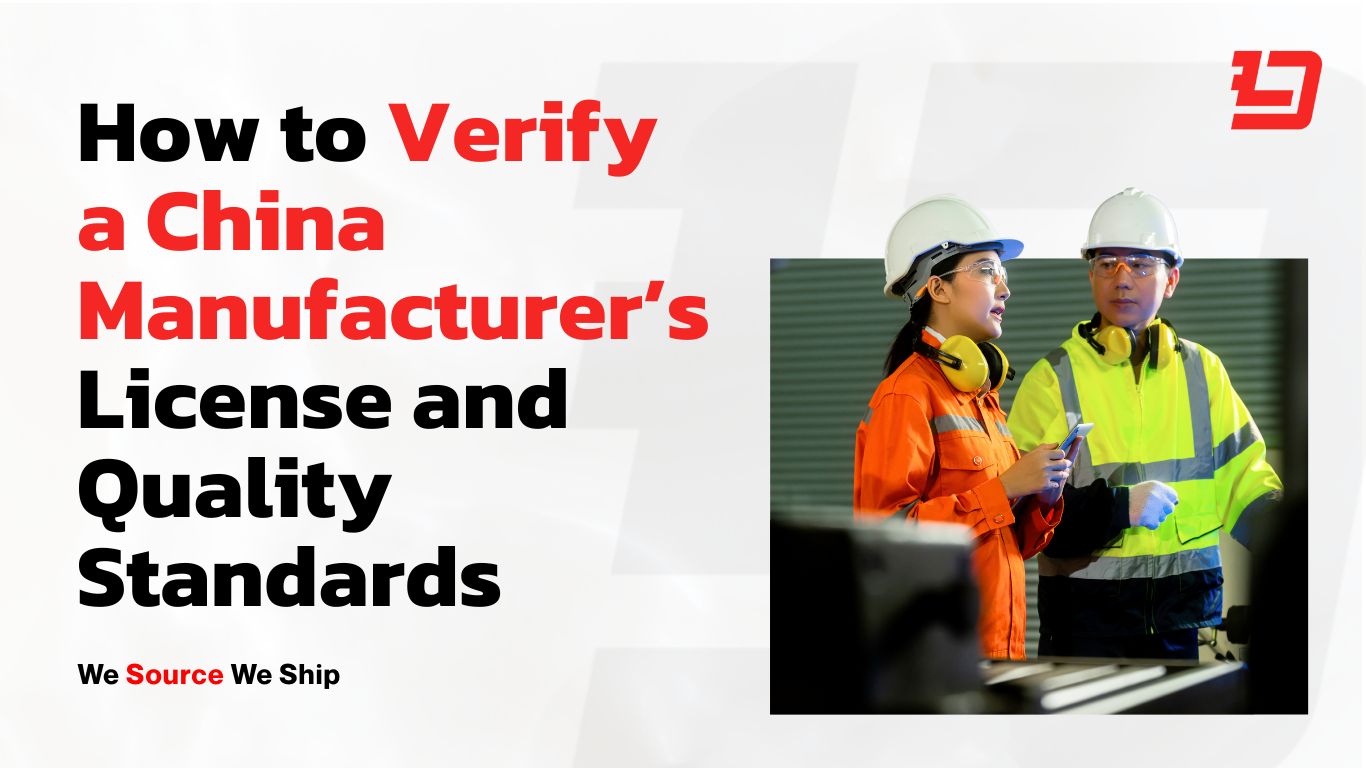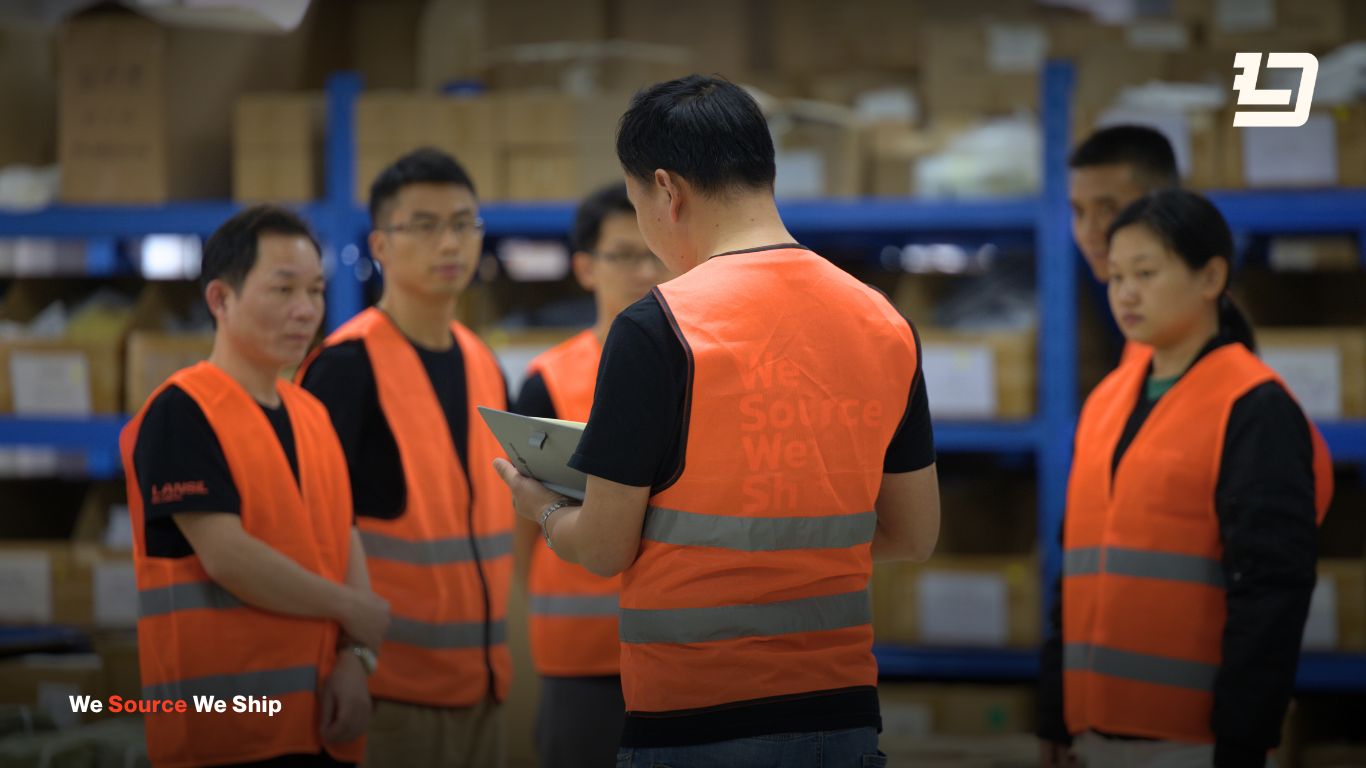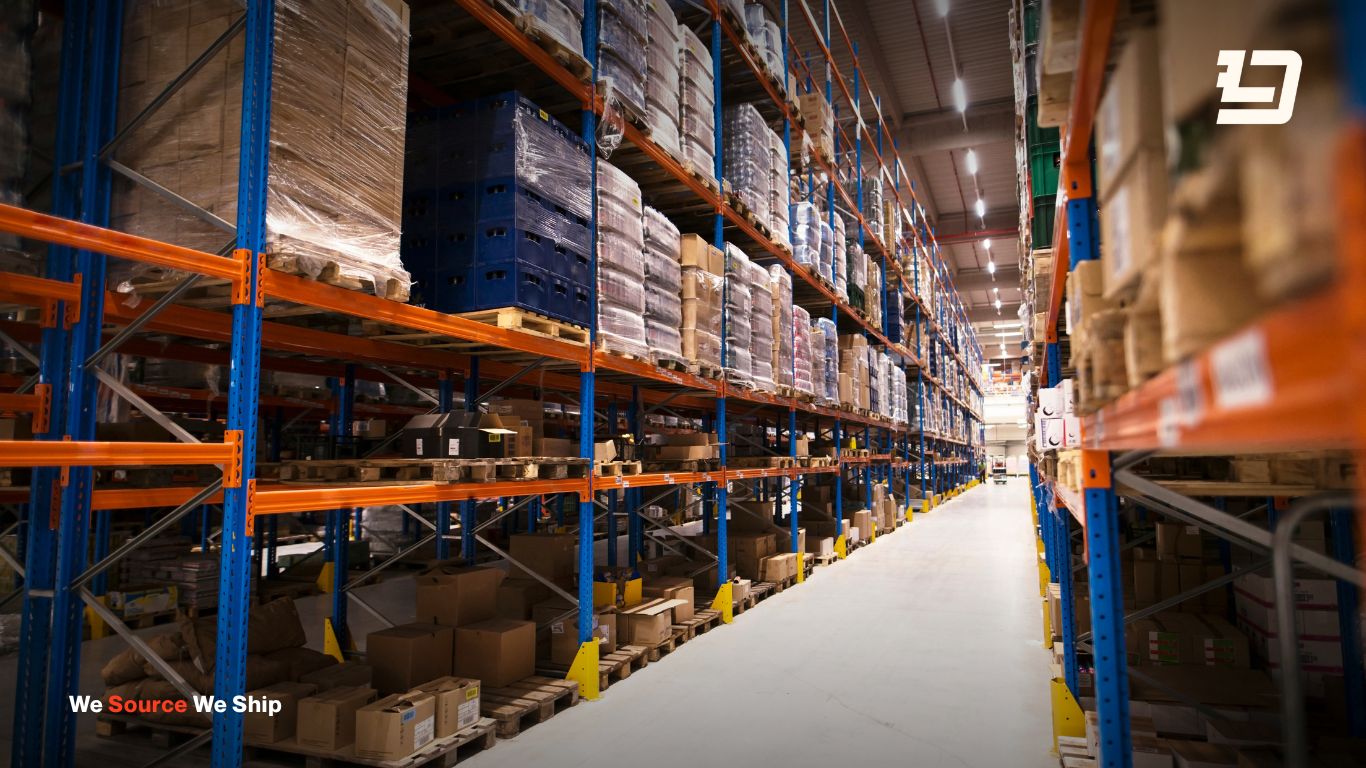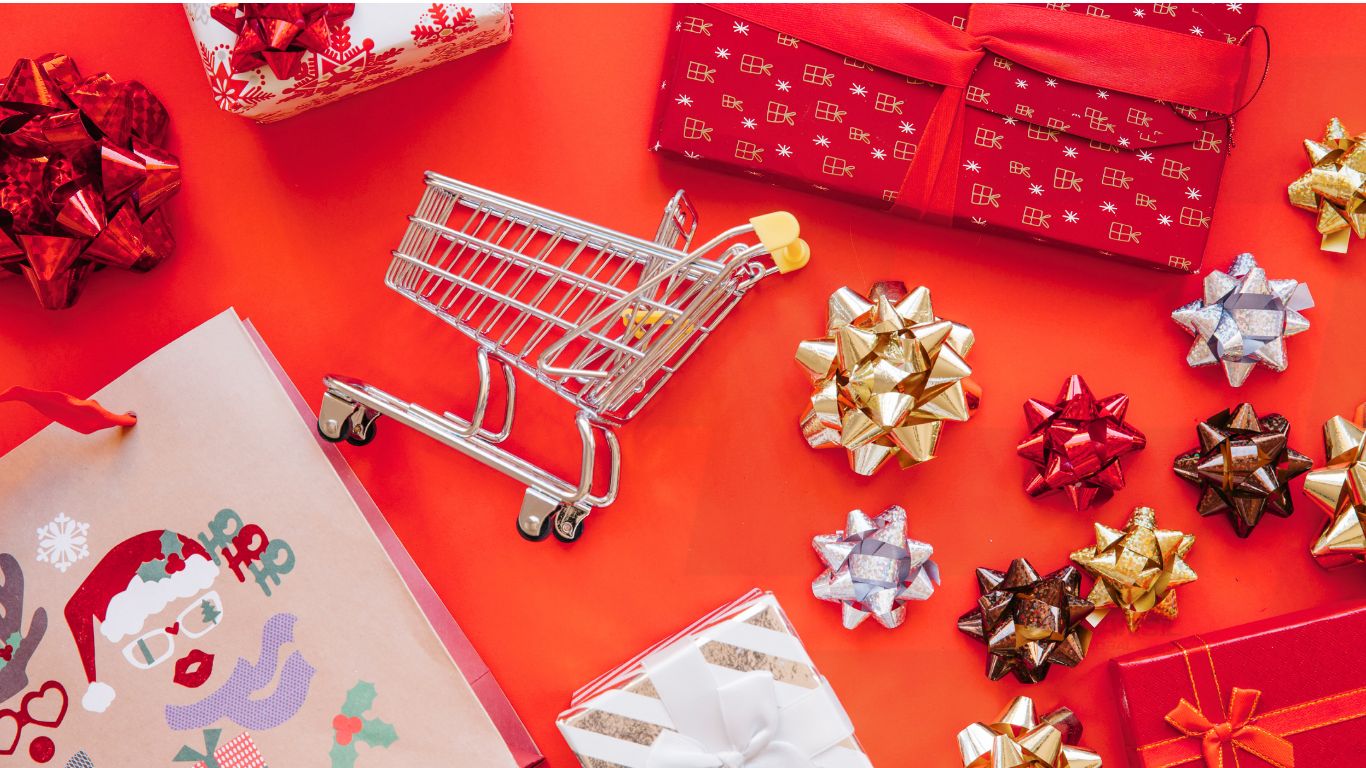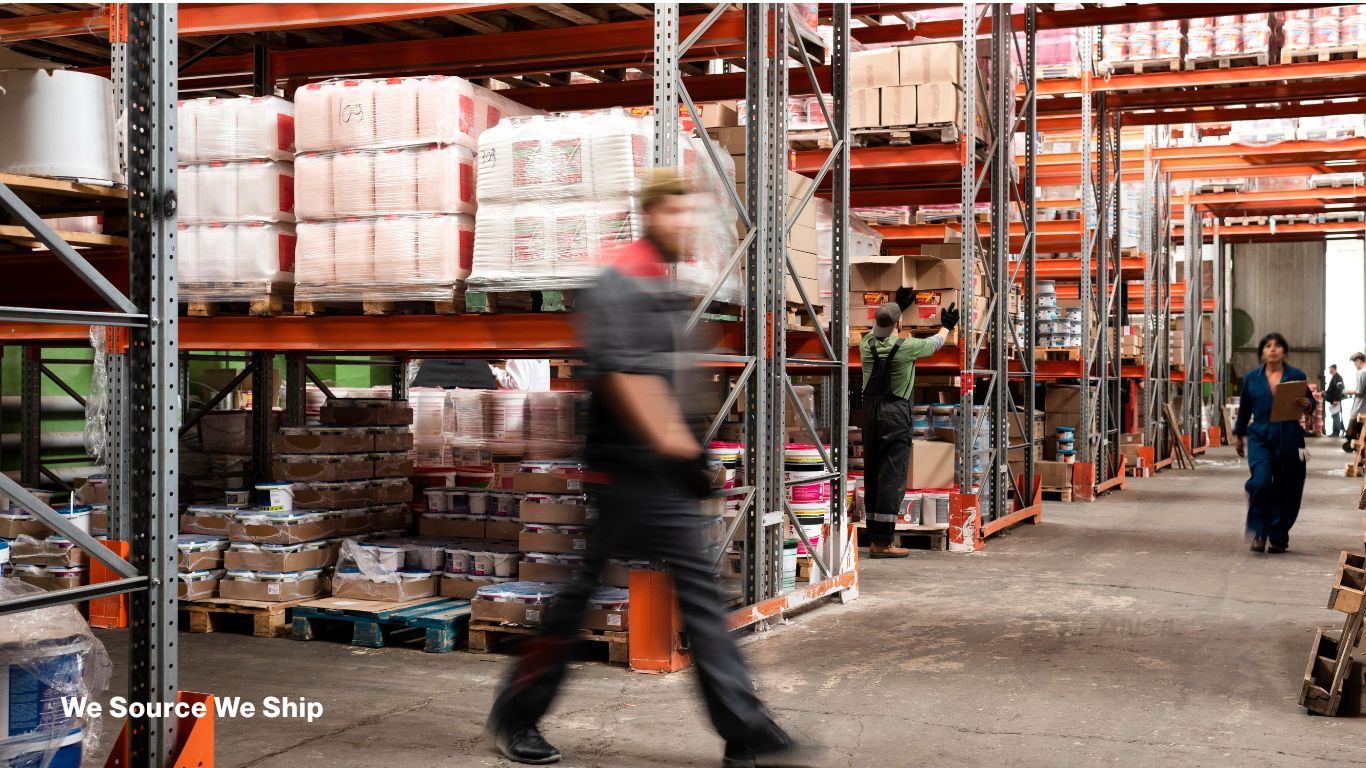Finding a manufacturer in China is easy. Verifying that they’re legitimate is what protects your business.
According to China’s Ministry of Commerce and national statistics, the country had over 6 million manufacturing enterprises by late 2024, marking a 5.5% year-on-year increase. In total, 27.37 million new business entities were established nationwide that year, averaging 24,000 new companies per day.
Many of these new factories are genuine, but others are trading middlemen or fraudulent listings posing as manufacturers. For ecommerce brands sourcing at scale, skipping verification can lead to costly mistakes, shipment delays, or poor-quality products.
This guide explains how to verify a China manufacturer’s license and quality standards in 2025, so you can confirm factory legitimacy, ensure product compliance, and work only with trusted suppliers.
For a full sourcing strategy, visit our China Sourcing Guide for Scaling Ecommerce Brands.
Why Verification Matters in 2025
China remains the world’s manufacturing powerhouse, exporting over USD 3.5 trillion worth of goods in 2024, or about 14% of global trade. That scale brings massive opportunity and equally massive risk.
Fake factories are more sophisticated than ever. Many use stolen images, false certificates, and virtual offices to appear legitimate. Without proper verification, you could unknowingly deal with a middleman who outsources production to unknown workshops.
That’s why ecommerce brands increasingly rely on local teams like Lansil Global’s Shenzhen team, who verify licenses, inspect factories in person, and confirm quality standards before any deposit is made.
Step 1: Check the Manufacturer’s Business License
Every legitimate factory in China must hold a government-issued business license proving its legal status.
A valid license includes:
- Unified Social Credit Code (18 digits)
- Registered company name (in Chinese and English)
- Business scope and legal representative
- Registered address and date of establishment
How to verify:
- Go to the National Enterprise Credit Information Publicity System (NECIPS) website.
- Enter the supplier’s Chinese company name.
- Review the registration status, business scope, and legal representative.
- Check that the details match the supplier’s invoices and bank information.
If the license looks suspicious or inconsistent, Lansil Global’s local verification team can check the company’s record directly and confirm whether the registration is active and compliant.
Step 2: Confirm Factory Location and Ownership
Factory location is a strong indicator of legitimacy. Genuine manufacturers typically operate from industrial zones, not residential addresses.
- Use Google Maps or Baidu Maps to cross-check factory coordinates.
- Request a live video call to see production areas and company signage.
- Verify that the company name on the license, invoice, and bank account is identical.
-
Avoid suppliers who insist on personal bank transfers or third-party accounts.
Conducts an on-site factory visits to confirm physical operations, inspect production lines, and ensure the factory owns the equipment used for manufacturing.
Step 3: Review Factory Certifications and Quality Documents
High-quality factories maintain compliance certificates that prove they meet industry and export standards.
Common examples:
- ISO 9001: Quality management system
- ISO 14001: Environmental management
- BSCI or Sedex: Ethical labor practices
- CE, RoHS, or FCC: Electronics and consumer tech
- FDA or GMP: Beauty, supplements, or food goods
How to verify:
- Ask for scanned copies and cross-check the issue and expiration dates.
- Confirm certificates with issuing bodies such as SGS, TÜV, or Intertek.
- Avoid self-issued or template-style documents.
Step 4: Conduct a Factory Audit
A factory audit is the most reliable way to confirm a manufacturer’s legitimacy, quality control, and ethical practices.
| Audit Type | Purpose | Covers |
|---|---|---|
| Basic Factory Audit | Confirms company registration and ownership | Licenses, location, employee records |
| Quality System Audit | Checks production and QC systems | Equipment, inspection process, traceability |
| Social Compliance Audit | Ensures ethical labor conditions | Safety, wages, working environment |
A 2024 QIMA report found that 59 percent of factories audited in China passed compliance reviews, showing that legitimate factories are willing to be transparent.
Audits typically cost between USD 250 and 400 and include a detailed report with photos.
Step 5: Request Samples and Product Test Reports
Samples are your best line of defense before mass production.
Order samples from multiple suppliers to compare quality and materials. Request official test reports for product safety and performance. Keep one approved “golden sample” as your quality benchmark.
Step 6: Inspect Goods Before Shipment
A pre-shipment inspection ensures your order matches the approved sample before it leaves China.
Checklist:
- Product quantity and dimensions
- Visual quality and functionality
- Packaging, labeling, and barcode accuracy
- Random inspection of units from multiple boxes
Most inspections cost around USD 250 to 350 and are performed by third-party quality control agencies that provide detailed reports with photos before shipment.
Partner with a Local Sourcing and Verification Team
Even with the right steps, verifying licenses, certifications, and quality remotely can be overwhelming. Working with a local sourcing team in China ensures every supplier is legitimate, every product meets your standards, and every shipment is inspected before leaving the country.
Lansil Global’s On-the-Ground Verification Network
Our bilingual Shenzhen team works with verified sourcing companies and factory auditors across China to help ecommerce brands confirm supplier legitimacy and maintain consistent quality. The team verifies manufacturer licenses and registration records directly through government databases, conducts on-site factory audits to assess real production capacity, and reviews each facility’s certifications and quality management systems for compliance.
Throughout the production cycle, we track progress closely to ensure timelines are met and any issues are resolved quickly. Before export, all products are consolidated and inspected at our Shenzhen warehouse to confirm they match specifications and pass quality checks.
With Lansil Global, every stage of your sourcing journey is managed locally and transparently, giving your brand complete confidence in product quality and supplier reliability. Contact us today to verify your factory, secure trusted suppliers, and source smarter.


